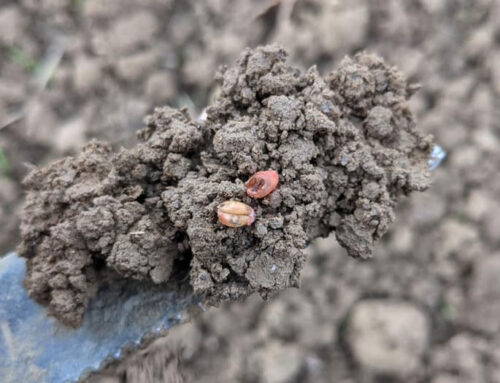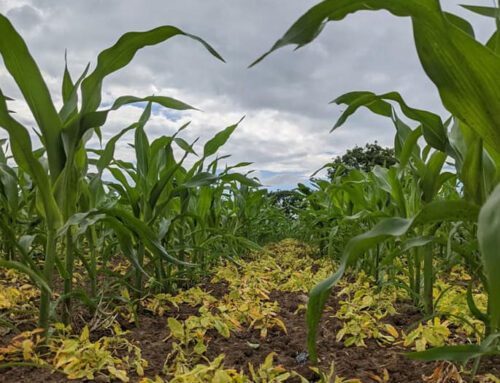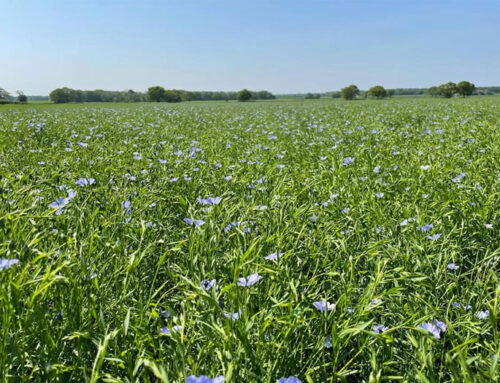The start of April provided us with a mixed bag of weather, meaning spray windows were very few and far between, leading to a backlog of jobs. As we approach Easter however conditions have been near perfect allowing many to work their way through the spray list and get the majority of these jobs crossed off.
All spring grassweed programmes should now be completed alongside any T0 applications that may have been planned. With crops moving forward albeit at a gentle jog rather than an Olympian sprint, focus now turns to T1 fungicide applications. As with every year variety profiling dictates which chemistry I choose to recommend. Varieties such as Extase, Siskin and Illustrious all have a sound agronomy package therefore my plans will be based around a low dose SDHI (bixafen & fluopyram) while slightly more disease-prone varieties such as Cranium, Gravity and Skyscraper lead me more into the more Septoria active fluroxapyroxad & mefentrifluconazole. The recent rise in temperatures has caused our little friend yellow rust to wake up and be easily seen. Varieties with known yellow rust susceptibility will have a low dose of tebuconazole added to the tank adding some curative activity. With crops looking so lush and end market prices as strong as they are, this is not a year to have flat crops so chlormequat and trinexapac-ethyl will also be added with rates tweaked dependant on final planned nitrogen amounts and any previous growth regulation which may have already been applied.
Winter barleys are going through the growth stages day by day with the earlier sown crops now displaying their flag leaves. Due to the four seasons in one day weather, many have only just received their T1 fungicides and a first PGR application. Where flag leaves are still tucked away a recommendation of mepiquat chloride will be prescribed. The rate of which will depend on the individual crops. PGR is always a hot topic with barleys especially as many of my clients are mixed enterprises meaning soils are rich with manure. Previous experience has told me to never scrimp on growth regulators as the farmer nor the combine driver will thank you!
Oilseed rape crops are now well into flower and survived the recent frosts relatively unscathed. First flower sprays protecting against sclerotinia will be going on this week with follow-up sprays planned for 2-3 weeks’ time if needed. Bixafen and prothioconazole are my actives of choice following pleasing results last year. If conditions stay dry during flowering, then a second spray may not be needed as petal stick onto the plants will be vastly reduced. With prices hitting £700/t+ one things for sure every trailer this harvest will be watertight, any leaks of the golden crop on the way to the shed will not be appreciated!
Linseed crops are also starting to show signs of spring life and putting height on at speed. Applications of difenconazole and metconazole will be going on towards the end of the month when flower buds become visible. Again, rates of these will be tweaked dependent on how good a job pigeon has been doing at natural growth regulation.
First fodder beet crops are entering into the spring 2022 campaign and could not have wished for better conditions. Once up and away I will be sticking with my favoured broadacre herbicide programme which is a combination of actives sprayed twice within a certain window.




